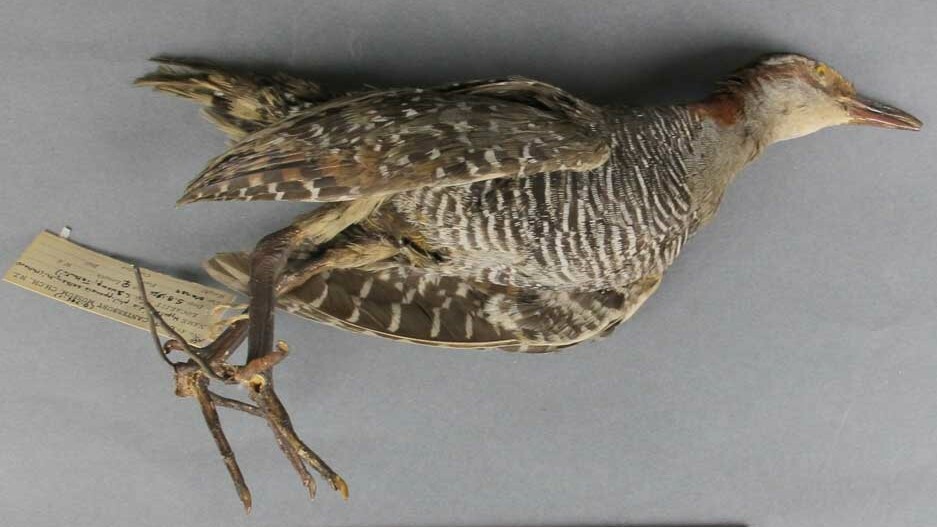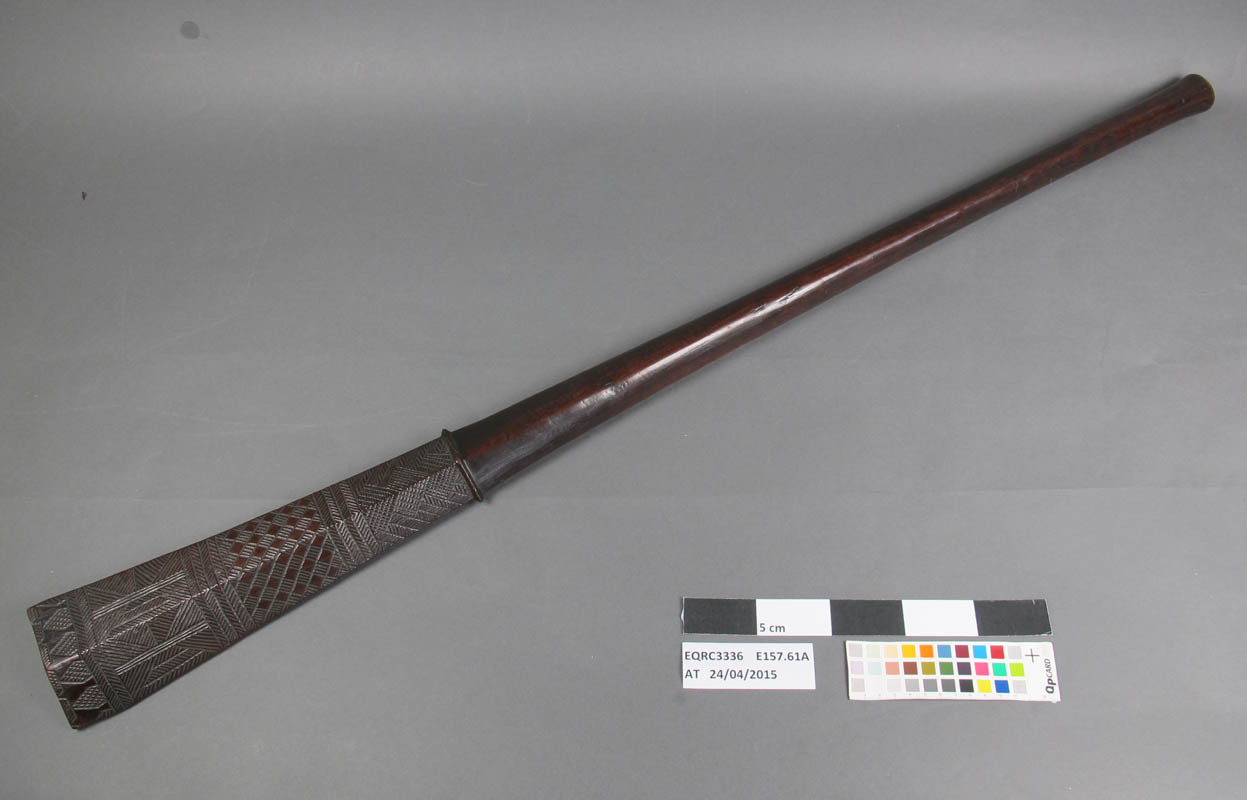Noa’ia ‘e mauri gagaj ‘atakoa! Greetings everyone! This story is our small tribute to celebrate Gasav Ne Fäeag Rotuạm Ta (Rotuman Language Week), which took place 9 to 15 May.
Rotuma is a Polynesian volcanic island located at 12° 30' 10'' South latitude and 177° 04' 42'' East longitude, near the intersection of the conventional boundaries of Micronesia, Melanesia and Polynesia. The island is isolated but surrounded by Tuvalu to the North, Fiji to the South, Wallis and Futuna to the South East and the Solomon Islands to the West. It is governed as a dependency of Fiji.
This year, the theme of Rotuman Language Week focused on the four pillars of life and wellbeing:
- Måür Fak'ata (spiritual – a place of solace that gives meaning to life)
- Måür Fakforo (physical – living life in all its fullness)
- 'Os A'häe (psychological – steers our presence and place in life)
- Hạikạinagaga (social – our connection with people)
Below is a selection of items from our collection with connections to Rotuma.

This Rotuman Hose Kalapa is part of the Oldman Collection cared for by the Museum. Carved from a heavy wood, it stands at just over 1.5m in length and is 136 mm at the widest section of the blade. The blade flattens, tapering to a point. A raised collar on the handle separates the blade area which is carved with continuous lines. The blade’s tongue is decorated with left to right diagonal lines intersecting on the centre of blade. Paddle clubs in the Pacific were used in dance or ceremony.

On 5 August 1876, this female Buff-banded Rail (Rallus philippensis sethsmithi) specimen was collected from Fiji. It was later erroneously attributed to Rotuma, perhaps due to the bird being so common in Rotuma. The species is largely distributed in Australasia and Oceania, with more than 20 subspecies. The subspecies status of the Rotuman Rallidae population is pending genetic analysis.
Buff-banded Rails like this specimen can be found even on small islets with no fresh water, but they prefer secondary scrub or rank vegetation and are commonly seen in village gardens. With no predators around, they can become tame. The birds are often seen scampering across roads, scuttling into thick vegetation or picking through tidal debris on the foreshore.

This Rotuman 'ai peluga was presented to the Museum in 1957. Its maker and collector are unknown, as is the date it was made. Carved from a dark heavy wood it is decorated at the flared blade with carved surface lenticular designs which places Rotuman visual language well within the carving language of Polynesia.





